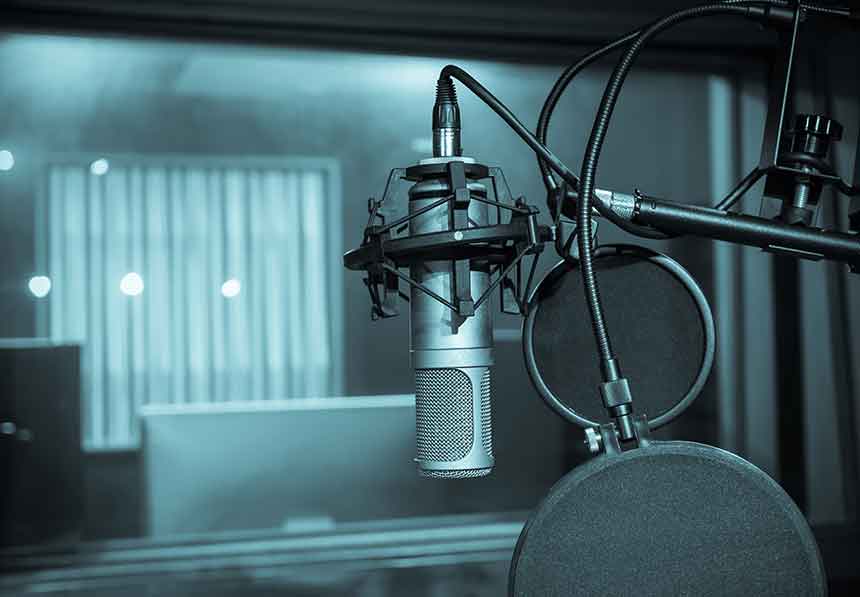Have you always dreamed of having your own recording studio yet you never went for it? The reason you haven’t is that you probably think it is quite expensive and there is a bunch of equipment you need to get. This doesn’t have to be the case, and it all depends on what your idea is, and at what pace you want to take to approach it.
The best starting point, and the critical thing you need to get in order to start your recording career, is a good microphone. If you ask any professional, they will tell you that a condenser mic is your best bet.
It is able to provide a fast transient response, cover a wide frequency range, and fit in a smaller studio. On the other hand, renting your studio and the rest of the relevant equipment doesn’t have to be that expensive.
Something you may have seen at concerts or with people who record and perform in general is an upside down microphone. It is quite common and there is a good reason for it. Apart from it looking like a good trick, such a mic position allows for better sound quality. But how, why, and should you do it with a condenser mic? Let’s go ahead and see.
Where Did This Idea Come From?
While your music teacher or a sound engineer may not tell you about how and why you should hang a mic upside down, it is something that was quite common and popular in 1950s and 60s. In fact, there is a famous photo of Frank Sinatra recording a song with an upside-down condenser mic. That is where the whole idea become quite popular, and people became interested in the dynamics of such a position.
There are a number of benefits that could come out of it and the only thing you need to ensure is that there is secure placement so your microphone doesn’t fall and cause damage. This is especially important if you are investing in a condenser microphone as these are quite fragile and should be protected.
The Benefits of Hanging a Condenser Mic Upside Down

As we mentioned above, the idea of the upside-down mic has been in the music industry for a long time. Although some people think that it is solely for looks, there are a variety of benefits that come with it.
The first reason is that, as you are using the condenser mic, the tube heats up and eventually that temperature change can affect the diaphragm, and thus lower the sound quality.
The condenser microphone consists of a few major parts, with the backplate and diaphragm being critical for soundwave-to-electric signal conversion. But how can hanging your microphone upside down prevent this? As the tube is not below, but above the diaphragm, the rising temperature can’t affect it.

Along with that, if you are planning to record a song using a condenser mic, hanging it upside down will allow your airway to open, and you will be able to hit higher and lower notes with less trouble. The reason for this is that you are singing upwards into the mic at about a 15 degree angle.
Also, air blasts that are inevitable during the singing process are going to be less noticeable if you sing upwards into an upside-down hanging microphone. This will allow for better sound quality and improved performance. Last but not least is the fact that upside-down condenser mics don’t restrict your view of the lyrics or note instructions.
Things to Consider
While hanging your microphone upside down has a few benefits, there are still things you should consider if you don’t want to end up with pricey repair fees.
Firstly, the shock mount has to be tight enough as any loose spots put your mic at risk of falling.
Along with that, you should put it high enough that nobody from your studio will walk into it.
Finally, provide enough counterweight that will keep it hanging, so it will not pull the whole stand down.
Conclusion

Upside-down hanging microphones look pretty cool, and there is no doubt that they add to the performance aesthetics.
Still, if you are using a condenser mic in a studio environment, there are a number of reasons why this position may be the best one.
Apart from improving sound quality, it will allow you to effectively read the lyrics and get proper breaths in between singing.
